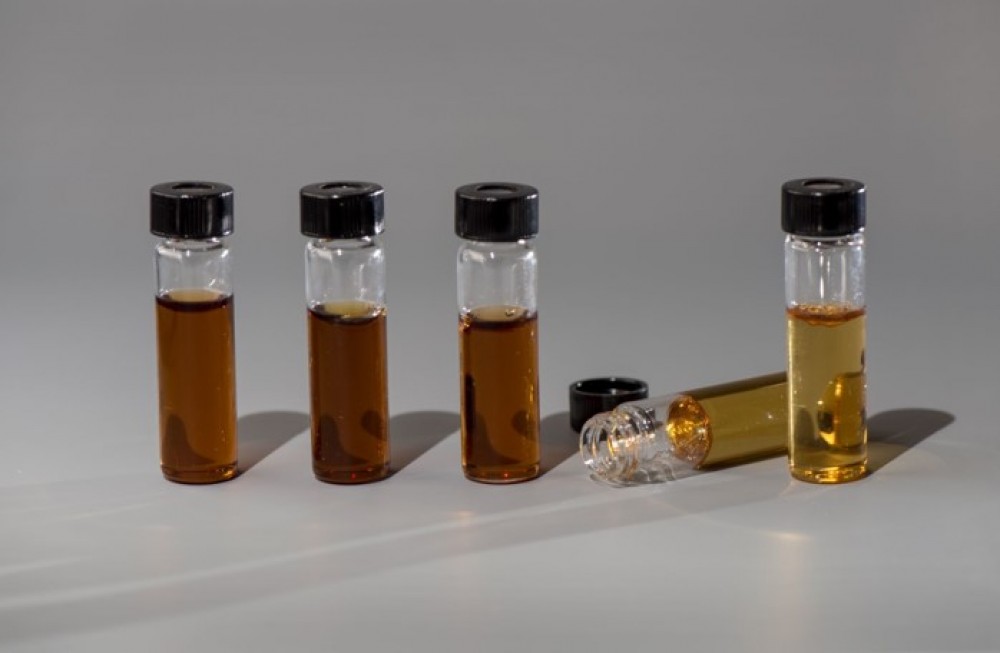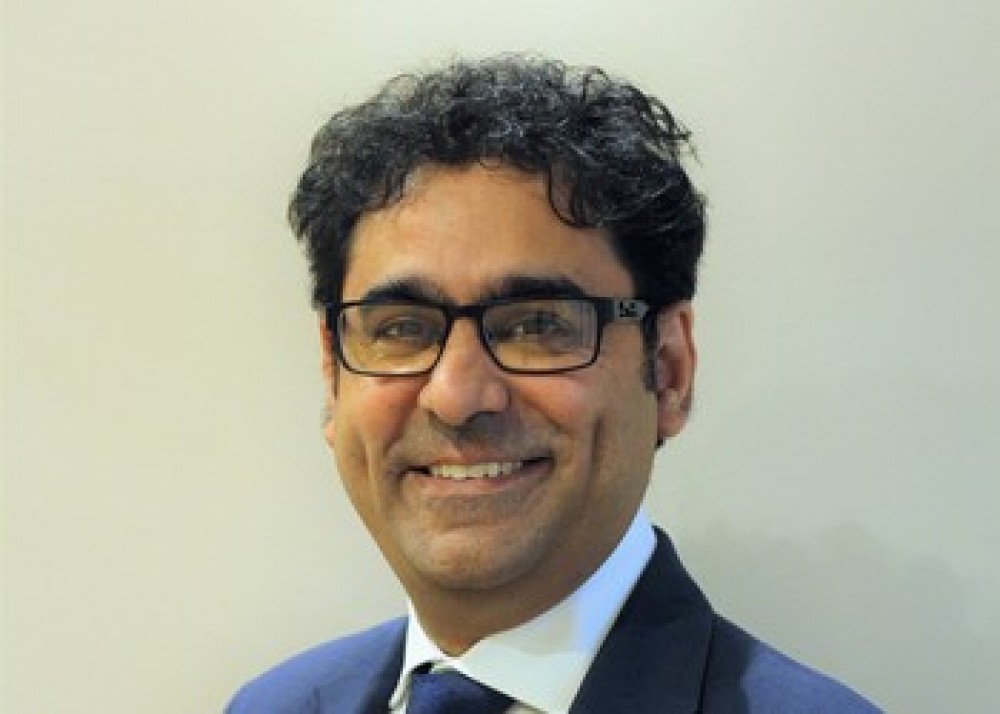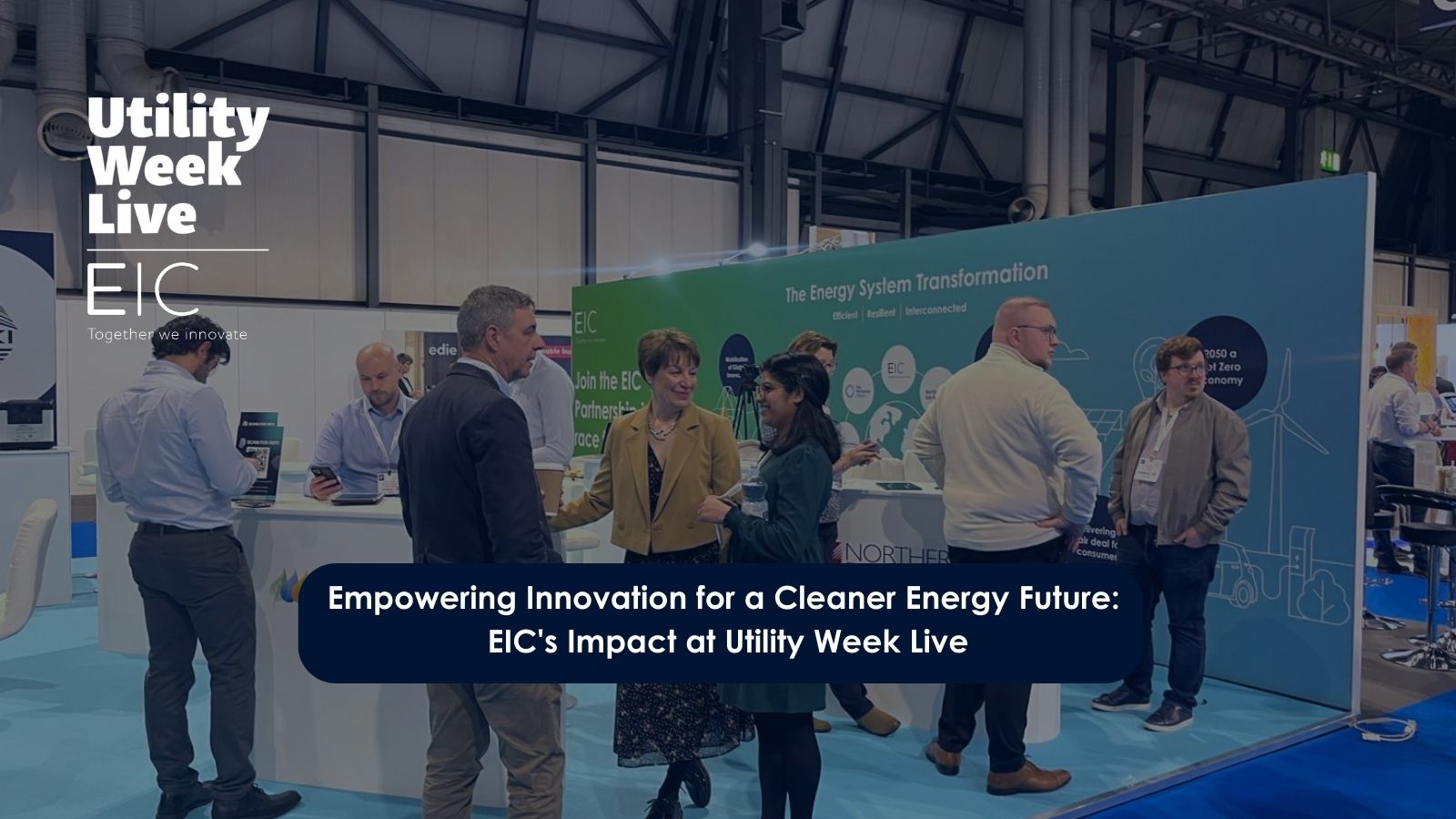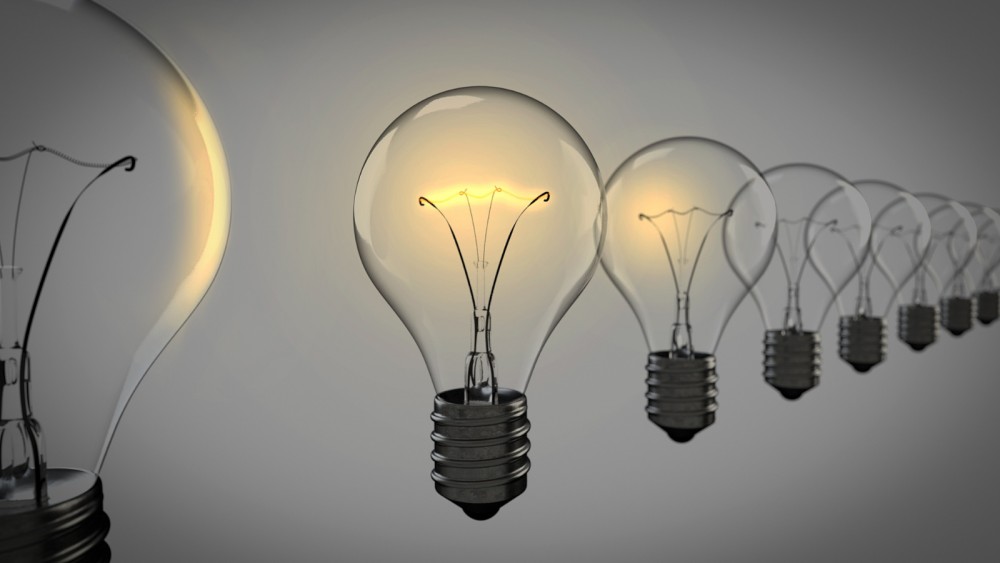We spoke to innovator and former CEO of Gnosys (now Strategic Development Director of Kinectrics-Gnosys), Gary Stevens, about working in collaboration with the EIC and the UK energy networks. He provides a detailed insight into the great innovative projects he’s been working on, his experiences in the energy sector, and Gnosys’ success in being acquired by the Canadian electricity services company, Kinectrics International.
Tell us a bit about your background and beginnings in the energy sector
Following my PhD in Solid State Physics, I joined the Central Electricity Research Laboratory, which was part of the Central Electricity Generating Board (CEGB). There, I was involved in dielectrics and non-metallic materials research for electricity generation and transmission. At privatisation I joined National Power and took on responsibility for R&D in energy futures and electricity utilisation.
After this, I set up a research centre in the University of Surrey, called the Polymer Research Centre, where we developed a long-term relationship with many large organisations in the global energy sector including Siemens Energy. In 2006, we stepped out from the University of Surrey as Gnosys. We stayed on the University campus for 4 years and then moved to the University’s research park in 2010, where we’ve progressively expanded.
How did your relationship with the EIC come about?
We established a relationship with the EIC through our work on self-healing cables - I’d made contact in the early days of the EIC’s existence to discuss innovation opportunities. There wasn’t actually a portal at the time - it was all through contact with the individuals that were responsible for the electricity projects.
From then on it’s been an ongoing relationship, with the EIC team coming to us with defined/known problems, and also us turning to the EIC with some proposals and ideas – a real mix of things. From working on electricity projects, we also had the opportunity to get involved in the gas industry – again something we were able to access via the EIC.
We understand you have done extensive work with fluid-filled cables. How did this project arise?
We were already working with the EIC on potential technologies for self-healing extruded polymeric cables. About 6 months into the project, the EIC had a conversation with us about working with the networks on preventing leakages from fluid filled cables (FFCs). We offered to think about possible solutions. We went away to look into the possibilities and three weeks later we came back with possible ways to do it. From there, we made a detailed project proposal and phase one of the project kicked off. We developed several approaches. We then homed in on the one that worked best and presented it as the best possibility for actual application. Following successful laboratory demonstration, we moved to a phase 2 development and we have just successfully completed our first circuit trials.
Working on projects such as the above requires innovation and collaboration, particularly with the energy networks. How did you find working with the networks?
Individual network operators have different views of innovation and how it should be used and different views on how the Network Innovation Allowance (NIA) should be used. Each company has its own culture, character, and ways of working, so it is important to recognise that and interact with them in the most effective way. That requires discussion with the owner of the problem, for example, an asset manager or engineer operating the assets, as well as the innovation teams and managers responsible for delivering solutions.
What value does the EIC bring to you?
The EIC has been very valuable to us in supporting dialogue with network partners. A good example of this is the Industry Panel, which is brought together by the EIC, to consider proposals. This provides a forum for direct exchange with a number of companies, rather than just one-on-one, which helps identify common ground and needs between networks.
For an innovator or SME coming into the utilities sector with no contacts, the EIC provides a valuable mechanism to gain awareness of the needs of the industry, and a way to facilitate contact.
What would your advice be for upcoming SMEs innovators looking to work in the sector?
I would say make early contact with the EIC through the portal, but also engage with the individual innovation managers and specialists to discuss issues and to establish direct dialogue with the networks through the EIC.
What’s up next for Gnosys?
To move Gnosys forward strategically, we were recently acquired by Kinectrics. The company has a long history of identifying and meeting the needs of the energy sector. Combined with our existing R&D activity, we will be able to offer innovative products and services globally under the name of Kinectrics. Kinectrics is internationally leading in providing life cycle management services for the electricity industry, with expertise in engineering, testing, inspection, and certification.
At Gnosys we look forward to using the well founded Kinectrics laboratories and testing facilities, which also include a fleet of field inspection equipment – valuable for cable and transformer assessment. We are already accessing the depth of expertise from the more than 1,000 engineers and technical experts, Kinectrics has a sound focus on network asset performance, safety, reliably, efficiency and innovation across the entire life cycle – in my view Gnosys complements this extremely well.
We have also recently completed our phase 2 work with the self-healing fluids, we will look to extend circuit trialling, with a view to rollout the technology to UK network operators. We have also been approached by several overseas networks wanting to adopt the FFC technology and our self-healing and water blocking technology for extruded power cables and discussed how these technologies can be adapted to meet their needs.
The whole area of self-healing assets is one of fundamental interest for all high voltage equipment manufacturers and network operator asset managers, so we will continue to move forward with our work on self-healing systems for self-repairing assets in the energy networks of the future.









